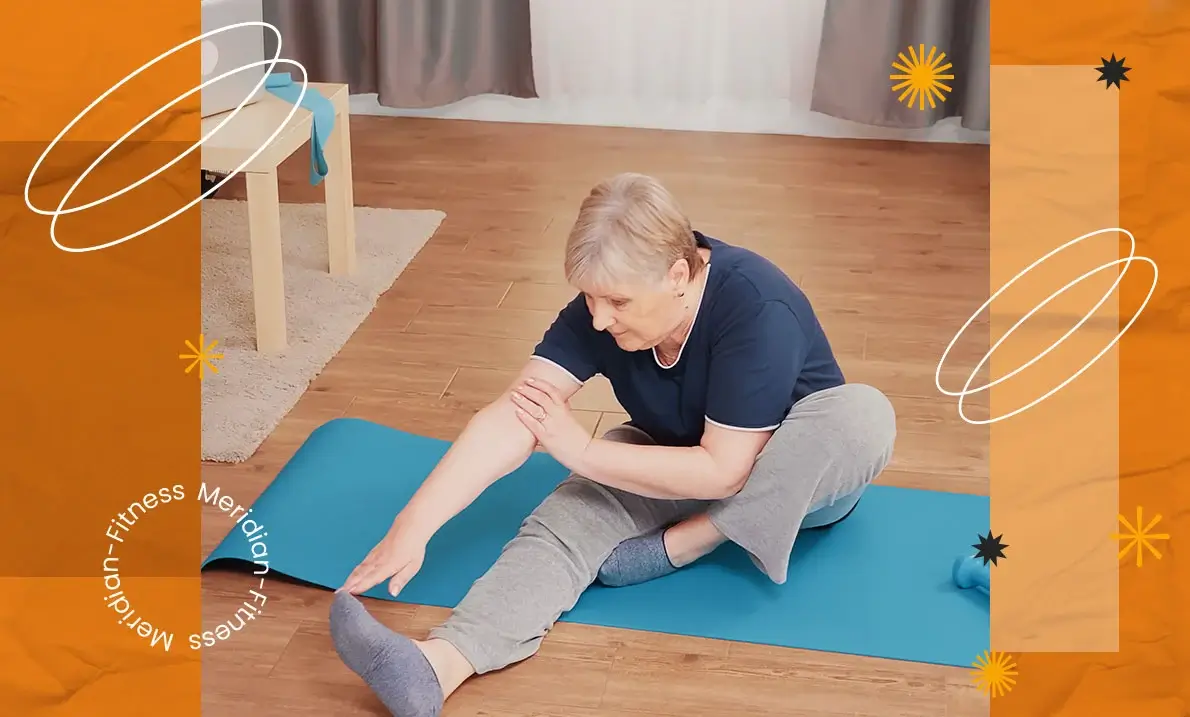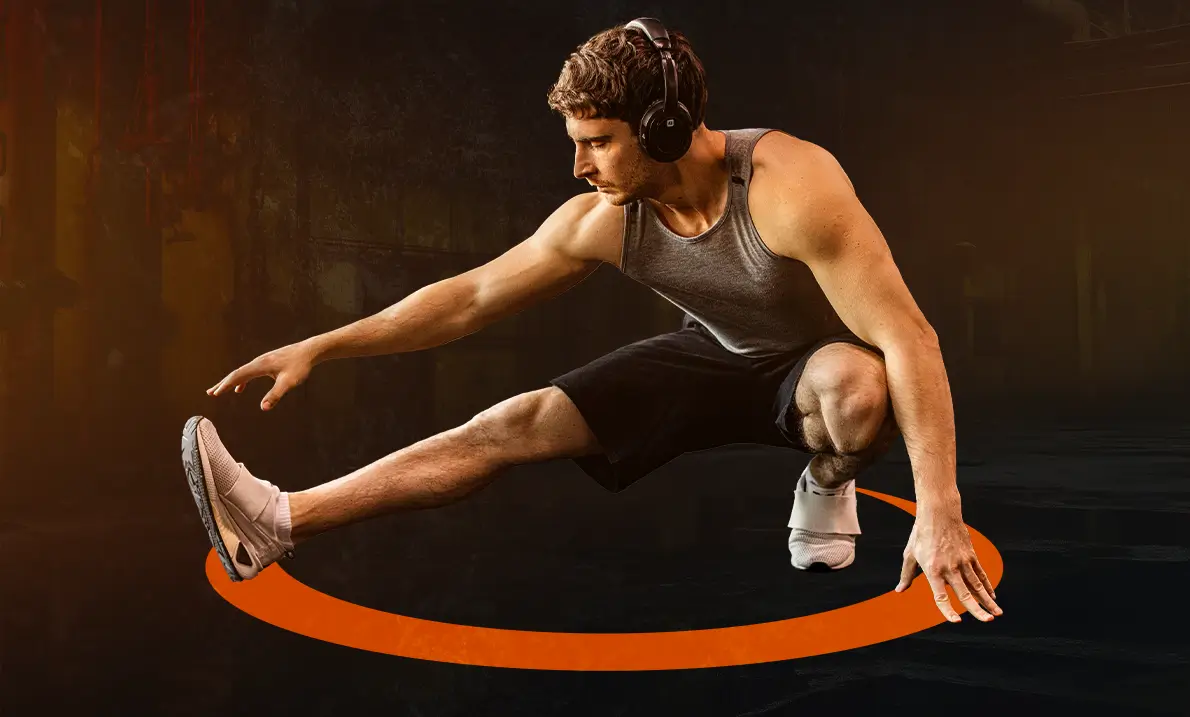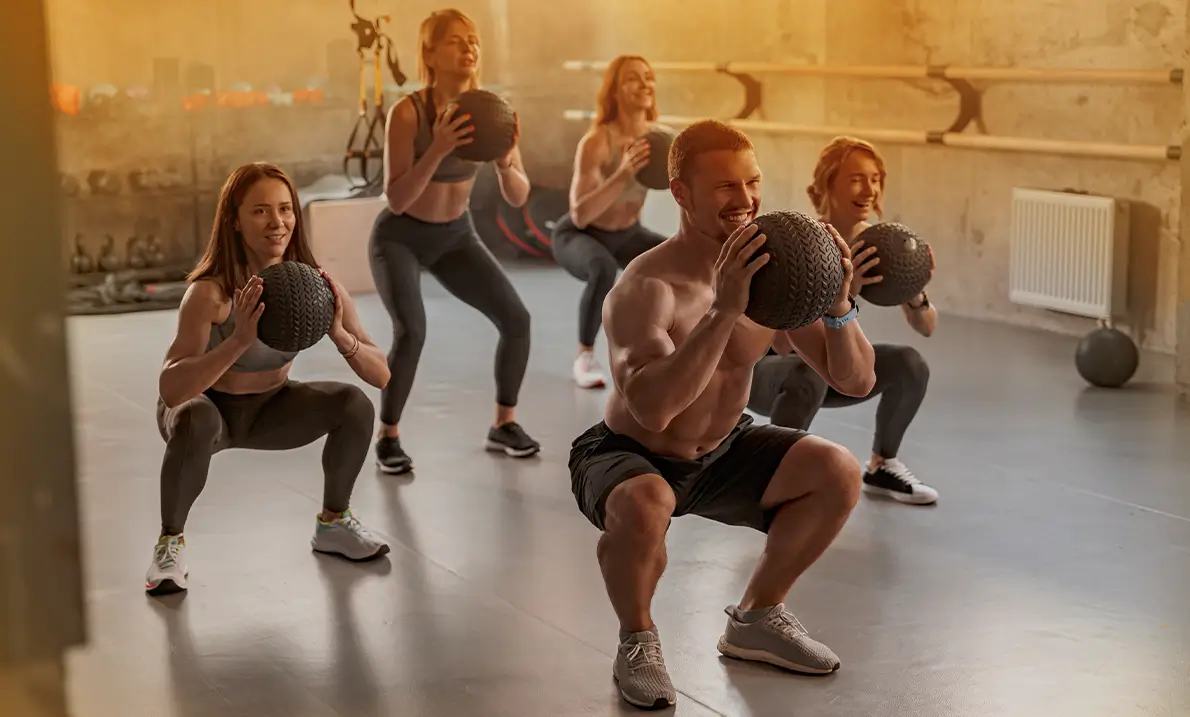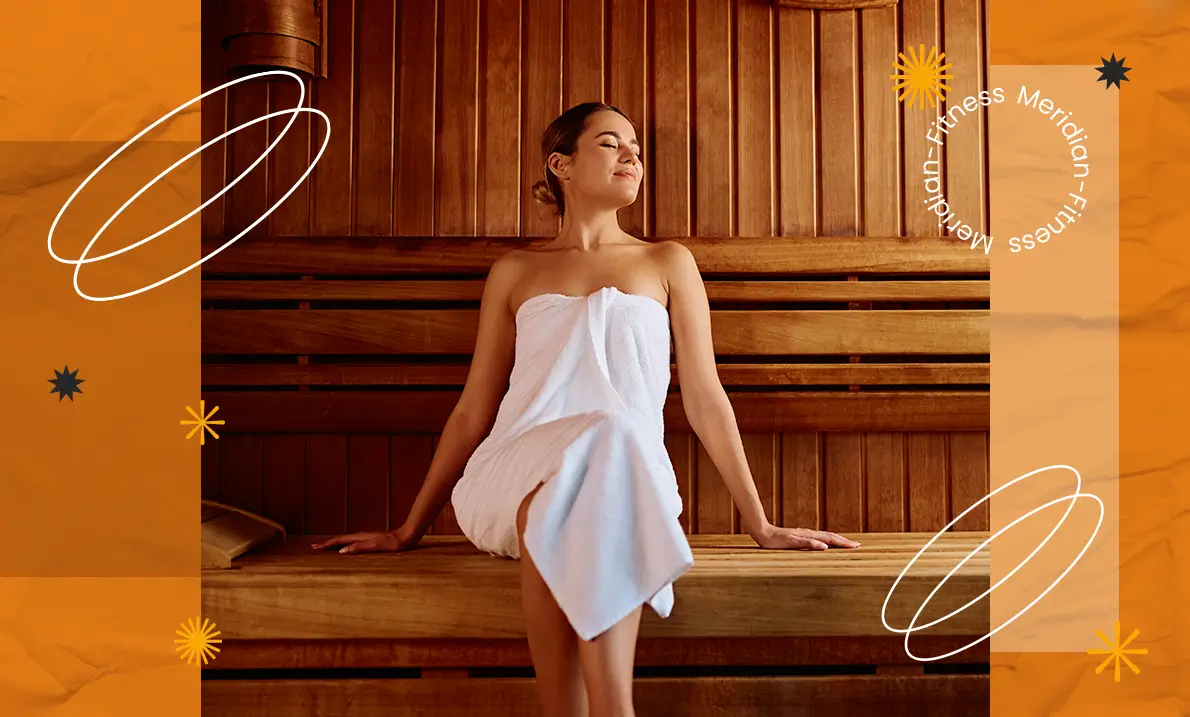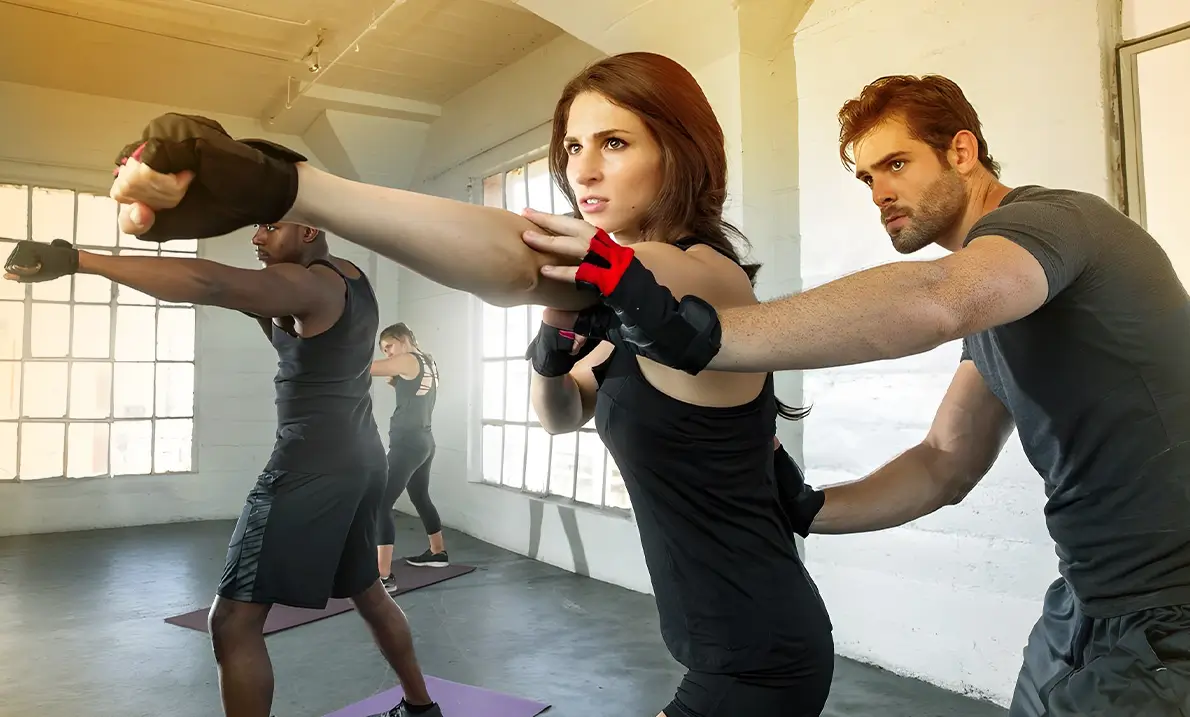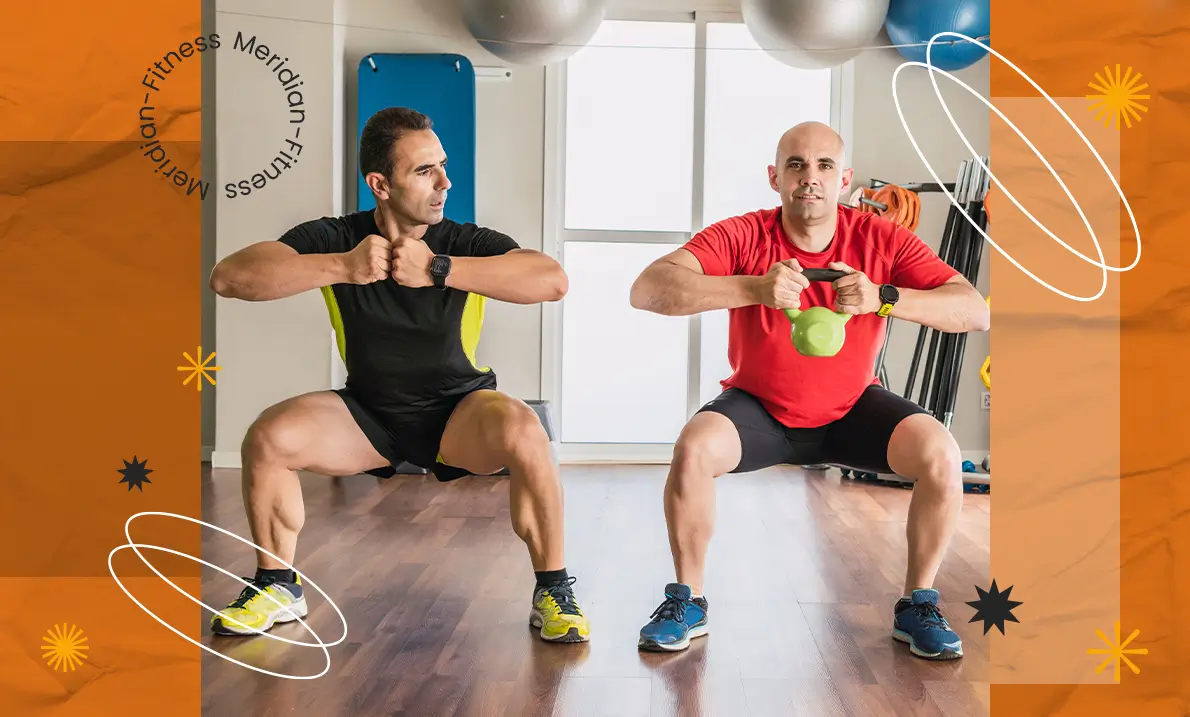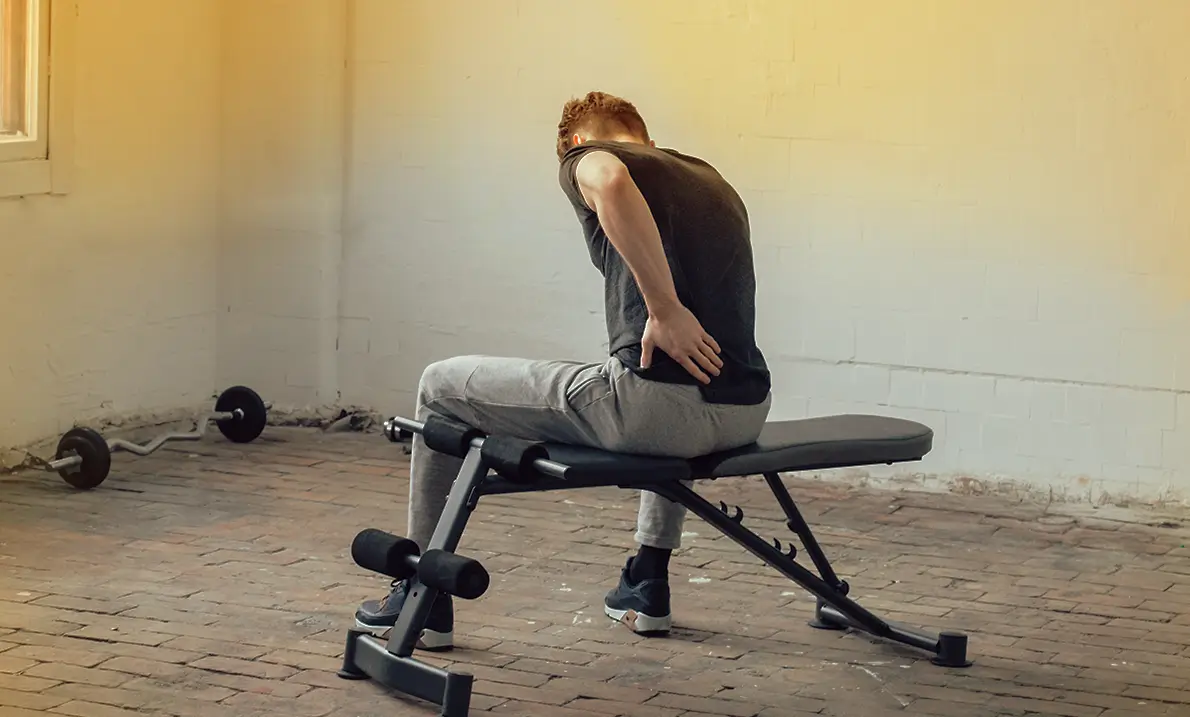Rheumatoid arthritis is a long term condition that causes pain, swelling, and stiffness in the joints. It mainly affects the hands, feet, and wrists. But it can also impact other parts of the body. It’s a roller coaster ride, like living with Rheumatoid arthritis is a challenge. But there’s a solution to get managed with it. How? Being active and avoiding symptoms.
If you suspect you have Rheumatoid arthritis, consult a doctor and start exercising. They can advise you on the safest and most effective workouts for your condition.
BENEFITS OF EXERCISES FOR RA
Regular physical activity offers several advantages for people with RA, including:
- Reduces Pain and Stiffness: Movement helps to keep the joints flexible and reduces stiffness.
- Improves Mobility: Strengthens the muscles around the joints, helping to support them better.
- Boost Mood: Physical activity releases endorphins, which can help reduce stress and improve mental well-being.
- Enhances Cardiovascular Health: Rheumatoid arthritis can increase the risk of heart disease, so aerobic exercise can help keep the heart healthy.
- Increases Energy Levels: Exercising can reduce fatigue, a common symptom of RA.
- Supports Weight Management: Extra weight puts more strain on the joints, so maintaining a healthy weight is essential.
TYPES OF EXERCISES SUITABLE FOR RA
People with RA should focus on exercises that improve flexibility, strength, balance, and cardiovascular health. You will find the best types of exercises for managing RA in Meridian Fitness. Let’s have a look at them.
Stretching Exercises
Stretching is the best pre-workout to make yourself warm up. It should be part of your daily routine.
- Neck Stretch: Gently tilt your head from side to side.
- Wrist Stretch: Extend your arm and pull back on your fingers gently.
- Leg Stretch: Sit down and extend one leg while keeping the other bent.
- Shoulder Stretch: Bring one arm across your body and hold for a few seconds.
LOW-IMPACT AEROBIC EXERCISES
Aerobic exercises help improve heart health and overall fitness without putting too much strain on the joints.
- Walking: A gentle walk helps keep joints moving.
- Cycling: A stationary bike is a great option for low-impact movement.
- Swimming: Water supports the joints, making movement easier.
- Dancing: Gentle dancing can be fun and beneficial.
STRENGTH TRAINING
Strength training helps build muscles that support and protect the joints. It also improves bone density.
- Resistance Bands: Use light resistance bands for gentle strength strength training.
- Bodyweight Exercises: try seated leg lifts or modified push-ups.
- Light Dumbbells: Use small weights to strengthen arm and shoulder muscles.
Balance and Flexibility Exercises
These exercises help prevent falls and improve movement coordination.
- Yoga: Gentle poses improve flexibility and relaxation.
- Tai Chi: Slow, controlled movements enhance balance.
- Heel-to-Toe Walk: Helps with stability.
Exercises to Try at Home
If you prefer to exercise at home, there are plenty of simple exercises to keep your joints mobile.
- Hand Stretches: Open and close your fingers to keep them flexible.
- Ankle Rotations: Rotate your ankles in circles while seated.
- Seated Marching: Lift your knees while sitting to engage leg muscles.
- Wall Push-Ups: Stand facing a wall and push against it to strengthen your arms.
- Leg Lifts: While sitting or lying down, lift one leg at a time to strengthen your hips and knees.
Exercises Suitable for the Gym
A gym can provide access to equipment and classes that help with RA management.
- Stationary Bikes: Great for strengthening leg muscles without straining the joints.
- Elliptical Machine: A good alternative to running that is easy on the knees.
- Water Aerobics: The buoyancy of water reduces joint stress.
- Strength Machines: Use machines that provide controlled resistance for safe training.
- Pilates: Helps with core strength and stability.
SAFETY TIPS FOR EXERCISING WITH RA
To prevent injury and manage symptoms effectively, follow these safety tips:
- Listen to your body: If an exercise causes pain, stop immediately.
- Start Slow: Begin with low-intensity exercises and gradually increase.
- Use Proper Equipment: Wear supportive shoes and consider assistive devices.
- Stay Hydrated: Drink plenty of water to stay hydrated.
- Warm Up and Cool Down: Always prepare your body before and after exercise.
- Rest When Needed: Overdoing exercise can lead to joint flare-ups.
EXERCISES TO AVOID
Some activities can worsen RA symptoms and should be avoided:
- High-Impact Exercises: Running and jumping can put pressure on joints.
- Repetitive Motions: Activities that stress a particular joint can lead to pain.
- Heavy Weighting: Lifting heavy weights can strain the joints.
- Contact Sports: Sports like football or basketball can increase the injury risk.
BOOK APPOINTMENT NOW
Exercise is the best way to manage rheumatoid arthritis. It can help reduce pain, improve flexibility, and support overall well-being. Whether at home or in the gym, there are many suitable workouts to keep your body active and healthy.
Always consult your doctor before starting a new routine to ensure your exercises are safe. Staying active can help you maintain mobility and improve your quality of life despite having RA. People living in Greenwich have the best opportunity to find the best exercise place. Book an appointment now.
